Every year, Ho Chi Minh City has nearly 200,000 people graduating from vocational education and training (VET) levels and entering the labor market. However, during their operations, VET institutions encounter many difficulties and obstacles. The 2024 enrollment season has begun, and many vocational schools in the city are looking forward to having their difficulties and obstacles resolved soon.
There are many difficulties
According to the assessment of the Department of Labor, Invalids and Social Affairs of Ho Chi Minh City, the city currently has strong potential in training and supplying human resources for the labor market with 376 vocational training establishments (accounting for 12.51% of the country). On average, every year, over 195,000 people graduate from vocational levels and participate in the labor market. The quality of human resources after basic training meets recruitment needs, contributing to solving employment for workers in the city and provinces and cities in the Southern region.
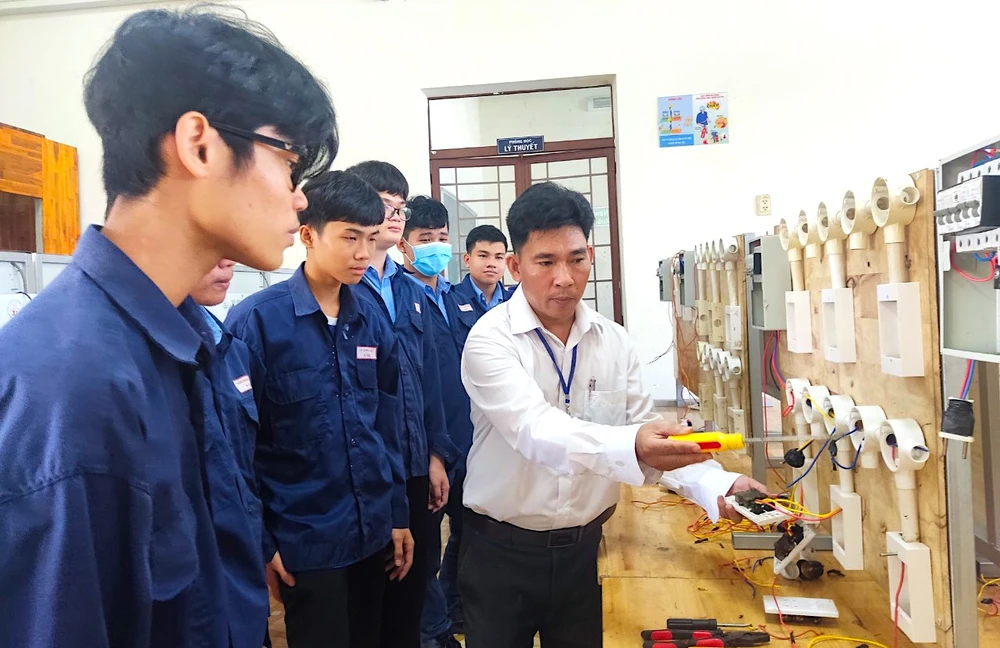
However, during the operation, many vocational training institutions still face many difficulties and obstacles. Vocational training institutions and management agencies are confused and have encountered obstacles when implementing policies and guidelines on vocational training activities. Notably, the regime and policies for enterprises participating in vocational training socialization activities are not attractive enough; the work of land allocation and land lease for vocational training institutions has not been effective; the policy of exempting and reducing tuition fees for vocational trainees has not been implemented effectively... Specifically, since the Government issued Decree No. 81/2021/ND-CP, this policy has had many changes in expenditure levels and implementation methods, causing schools and localities to be confused and not implemented effectively. In addition, the training linkage work between vocational training institutions and the coordination work between schools and enterprises still face many obstacles...
Dr. Dang Van Sang, Principal of Ho Chi Minh City Polytechnic College, shared that the construction of the school's facilities was very difficult and the procedures were complicated. When problems arose, the unit knocked on doors everywhere, but the departments, branches and localities pushed them back and forth without being able to resolve them. Similarly, Dr. Tong Van Danh, Vice Principal of Cao Thang Technical College, said that the school encountered many difficulties when implementing the construction of the second facility (an area of 10 hectares in the University Village, Nha Be District). This project has been implemented since 2014 but has not been completed due to land clearance compensation. Meanwhile, Associate Professor Dr. Bui Van Hung, Principal of Technical College 2, said that implementing the work of teaching high school culture in vocational schools is difficult. At the same time, he pointed out the fact that some policies to support development and place training orders in Ho Chi Minh City have not been fairly arranged for schools under central agencies located in the city, including Industrial College 2.
Resolutely remove
According to Director of the Department of Labor, Invalids and Social Affairs of Ho Chi Minh City Le Van Thinh, the difficulties of vocational training establishments are a reality that the department has identified and is resolutely reviewing and amending to shorten administrative procedures under its authority. For procedures handled by other units, the department will send a document requesting other units to guide and support to quickly resolve them for vocational training establishments in the city. The Director of the Department of Labor, Invalids and Social Affairs of Ho Chi Minh City affirmed that in order to improve the quality of vocational training and create jobs, the city has been strengthening policies, creating the best conditions for people to access and enjoy services. Enterprises and investors are ready and deeply involved in the vocational training process according to the dual model of enterprises - schools; related units also strengthen the quality of forecasting human resource needs and labor market information, especially forecasting labor in the formal and informal sectors; Building a system connecting labor supply and demand between provinces, regions and internationally.
Mr. Nguyen Hoang Hieu, Deputy Director of the Department of Planning and Finance, General Department of Vocational Education (Ministry of Labor, Invalids and Social Affairs) noted that the difficulties and obstacles of vocational education institutions in Ho Chi Minh City are also common difficulties of many other vocational education institutions. The immediate problem is that the city and provinces and cities must resolutely remove the shortcomings in calling for the socialization of vocational education, because currently the number of vocational education institutions calling for socialization has only reached nearly 37% of the total 1,888 vocational education institutions nationwide. Meanwhile, the target set for 2030 is to have 50% of vocational education institutions implementing socialization.
Ho Chi Minh City strives to attract 45-50% of junior high and high school graduates to the vocational education system by 2030; about 70% of vocational education institutions and 100% of training programs in key industries and occupations meet quality accreditation standards; there are about 10 high-quality schools... To achieve this goal, the city has synchronously implemented many groups of tasks and solutions, including the task of closely linking vocational education institutions with businesses and the labor market. Create favorable mechanisms and policies to promote the socialization of vocational education.
Ho Chi Minh City and other provinces and cities need to continue to develop and issue specific plans to attract social resources to develop vocational education locally; prioritize the integration of socialization issues and the development of non-public vocational education facilities into development programs and plans that are appropriate to the conditions, level of socio-economic development and the ability to pay of local people. At the same time, there must be a specific roadmap to encourage socialization in the field of vocational education, including arranging land funds for site clearance and building infrastructure to attract investors in socio-economic development planning according to the provisions of the Law on Planning, promoting public-private partnership in investing in the development of vocational education facilities.
QUANG HUY
Source










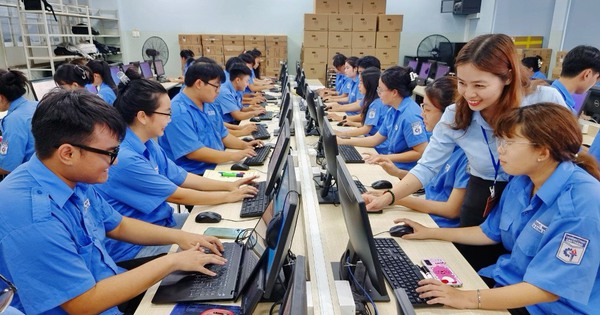

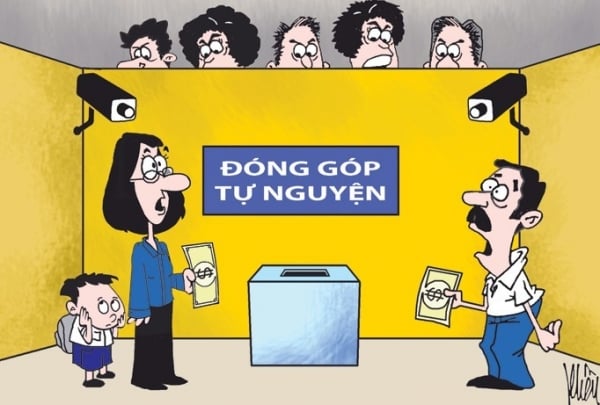




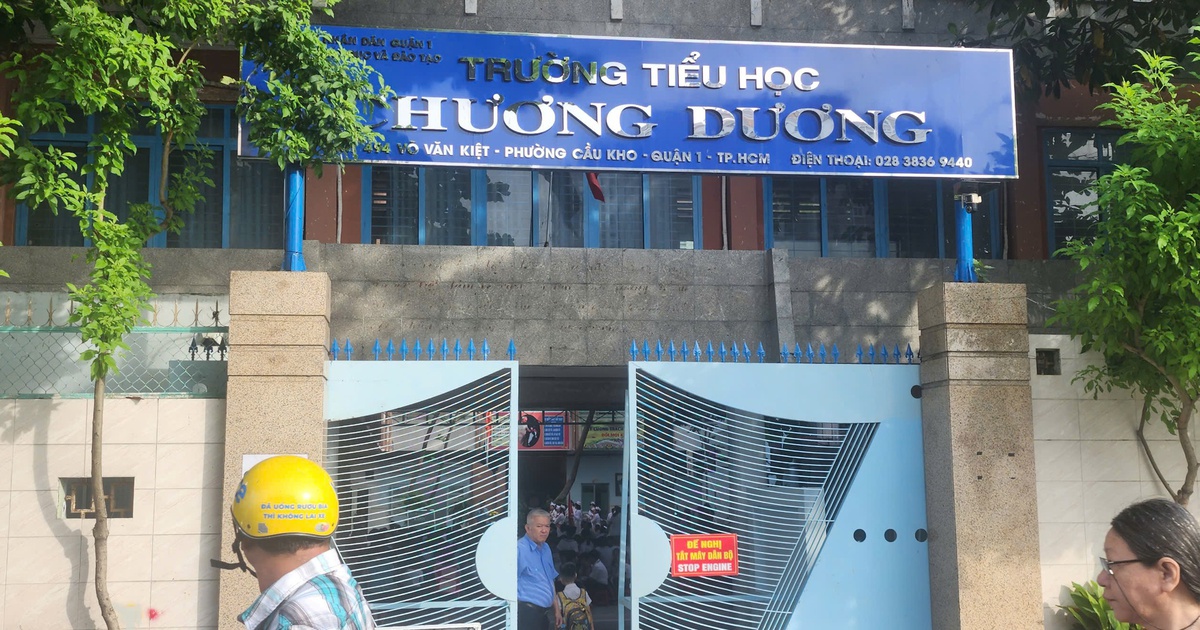


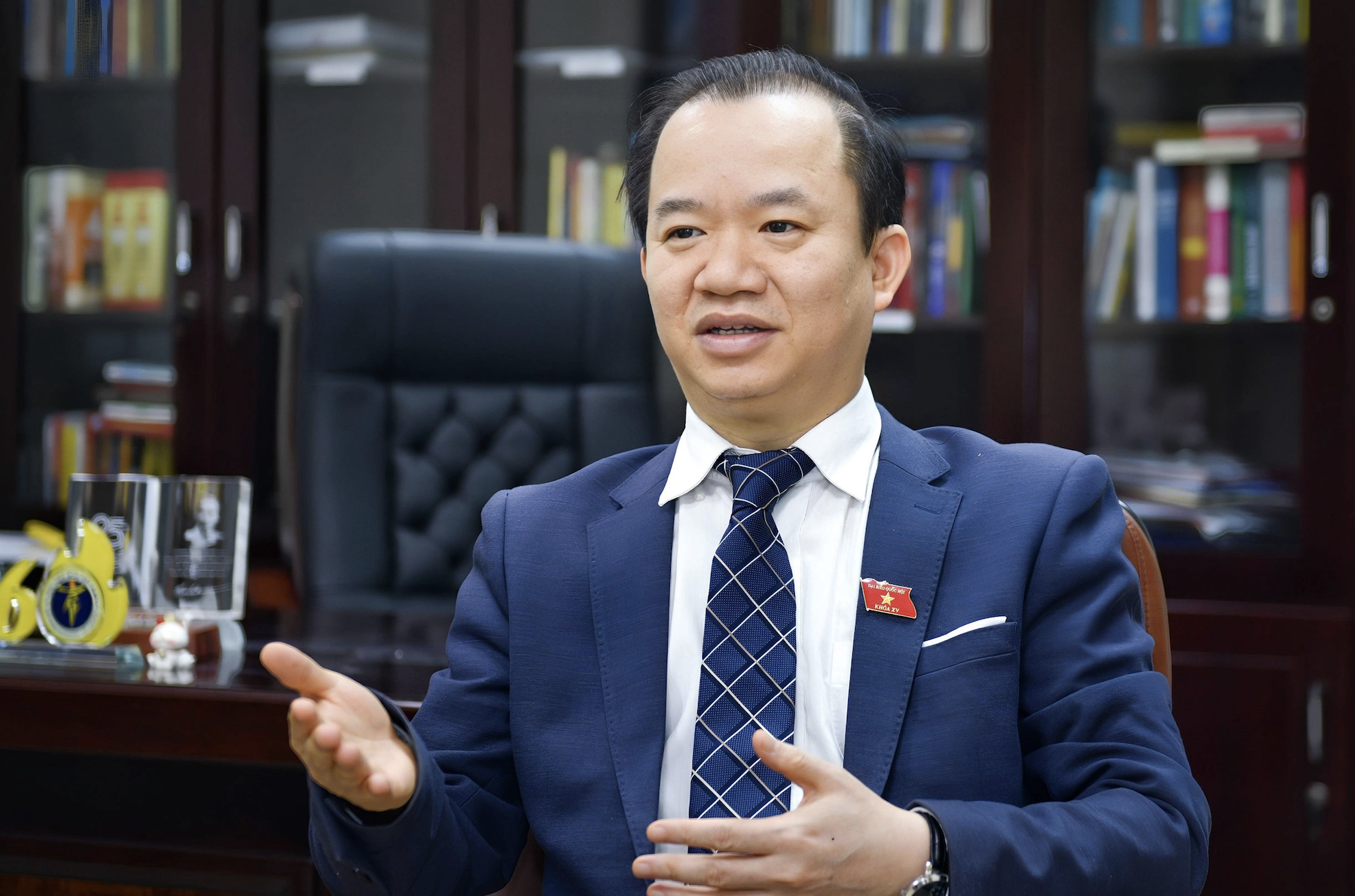
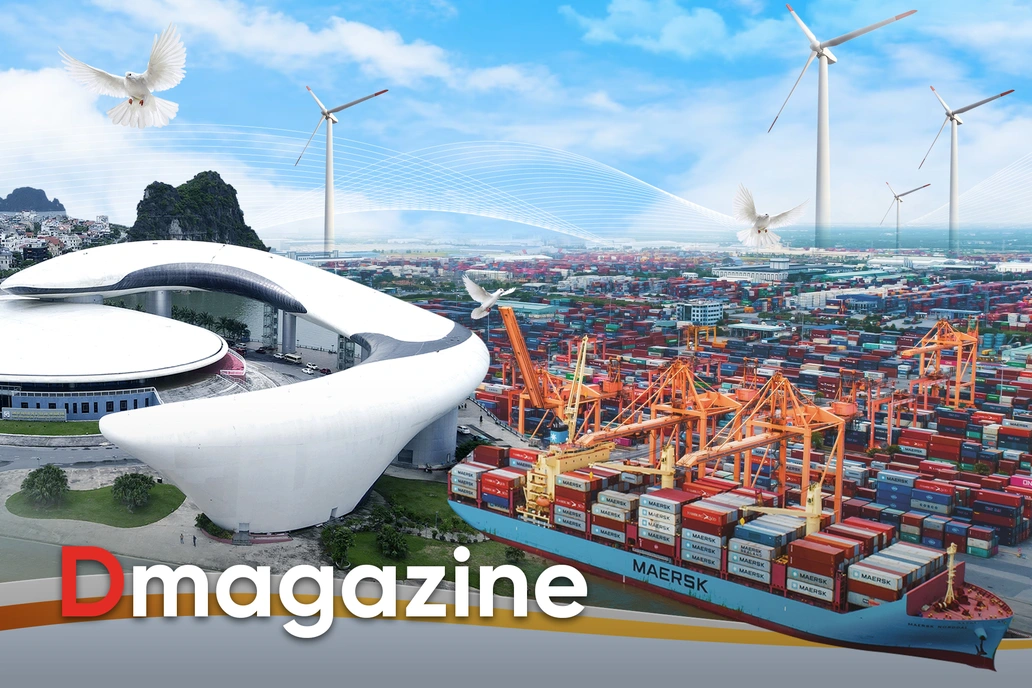









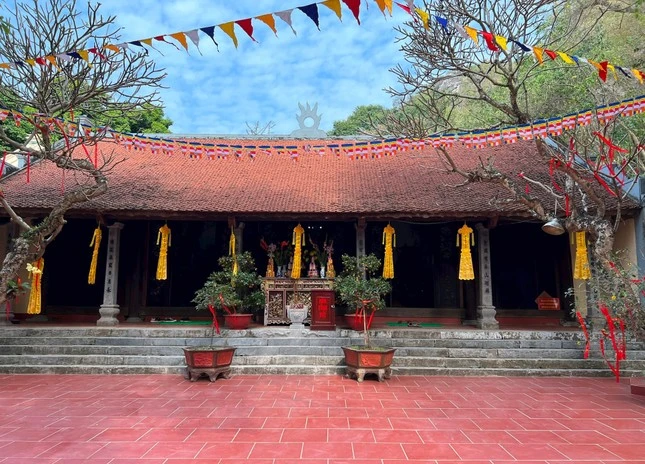










![[Photo] Prime Minister Pham Minh Chinh chairs Government Conference with localities on economic growth](https://vstatic.vietnam.vn/vietnam/resource/IMAGE/2025/2/21/f34583484f2643a2a2b72168a0d64baa)

























































Comment (0)